Q Learning
Q-learning is a widely used reinforcement learning algorithm that enables an agent to learn optimal actions through interaction with its environment. It operates on the principle of learning a policy that maximizes cumulative rewards by estimating the value of taking specific actions in given states. The algorithm utilizes a Q-table to store these values, which are updated iteratively based on the agent’s experiences. Q-learning is particularly effective for problems where the environment is unknown, allowing the agent to explore and exploit its surroundings to improve its decision-making over time. This makes it a fundamental technique in the field of artificial intelligence.

Q-Learning
Q-learning is one of the most popular Reinforcement learning algorithms and lends itself much more readily for learning through implementation of toy problems as opposed to scouting through loads of…
📚 Read more at Towards Data Science🔎 Find similar documents
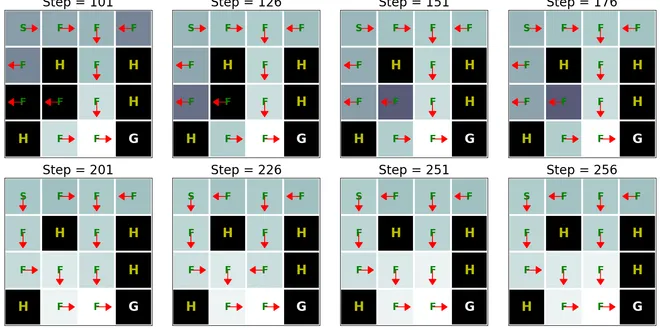
Q-Learning
In the previous section, we discussed the Value Iteration algorithm which requires accessing the complete Markov decision process (MDP), e.g., the transition and reward functions. In this section, we ...
📚 Read more at Dive intro Deep Learning Book🔎 Find similar documents
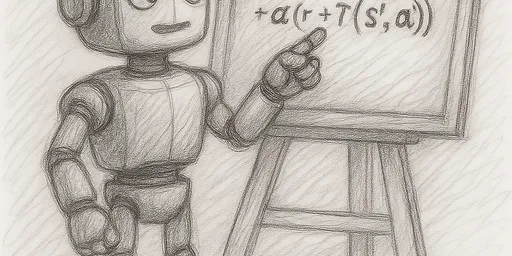
Cracking Q-Learning
Not a Medium member yet? No worries, you can still read it here ! Last time, we learned the concept of Temporal Difference (TD) learning and explored our first method: SARSA (On-Policy) . This time, w...
📚 Read more at Towards AI🔎 Find similar documents
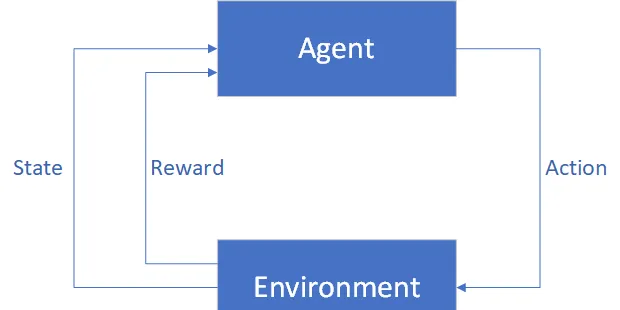
Table-Based Q-Learning in Under 1KB
Q-learning is an algorithm in which an agent interacts with its environment and collects rewards for taking desirable actions. The simplest implementation of Q-learning is referred to as tabular or…
📚 Read more at Level Up Coding🔎 Find similar documents
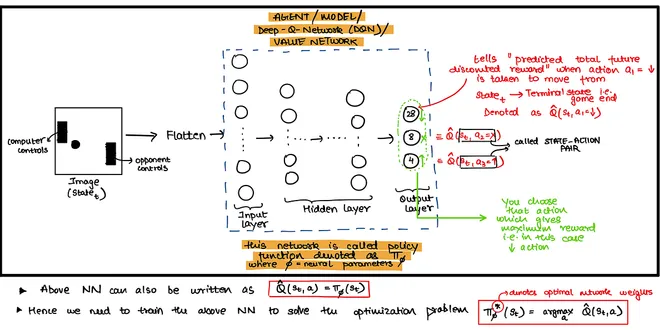
Q Learning — Deep Reinforcement Learning
Q Learning — Deep Reinforcement Learning Playing Ping Pong Atari Game Table of Contents 1. Problem Statement 2. Value Functions 3. Q Learning 3.a. Theory 3.b. Code 3.c. Problems with Q Learning 4. V ...
📚 Read more at Towards AI🔎 Find similar documents
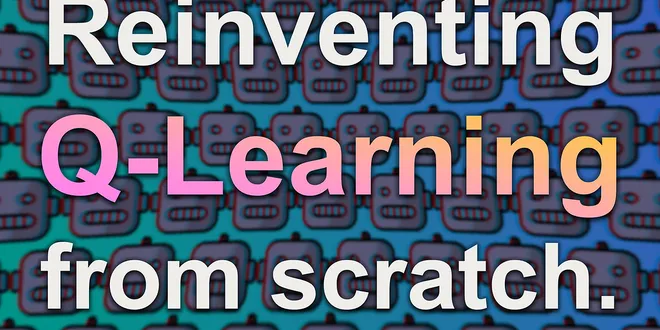
Q-learning for beginners
Train an AI to solve the Frozen Lake environment Image by author The goal of this article is to teach an AI how to solve the ❄️Frozen Lake environment using reinforcement learning. Instead of reading...
📚 Read more at Towards Data Science🔎 Find similar documents

Reinforcement Learning From Scratch: Deep Q-Networks
In reinforcement learning (RL), Q-learning is a foundational algorithm that helps an agent navigate its environment by learning a policy to maximize cumulative rewards…
📚 Read more at Towards Data Science🔎 Find similar documents
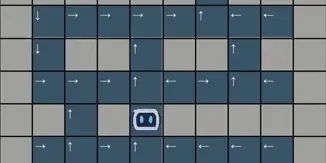
Let’s bring Q-learning to life!
Tutorial 9.2: Implementing the Q-Learning Algorithm for Our Maze Problem Continue reading on Towards AI
📚 Read more at Towards AI🔎 Find similar documents
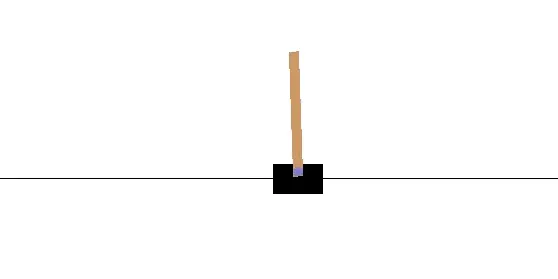
Q-Learning is the most basic form of Reinforcement Learning, which doesn’t take advantage of any…
Q-Learning is the most basic form of Reinforcement Learning, which doesn’t take advantage of any neural network but instead uses Q-table to find the best possible action to take at a given state. A…
📚 Read more at Analytics Vidhya🔎 Find similar documents
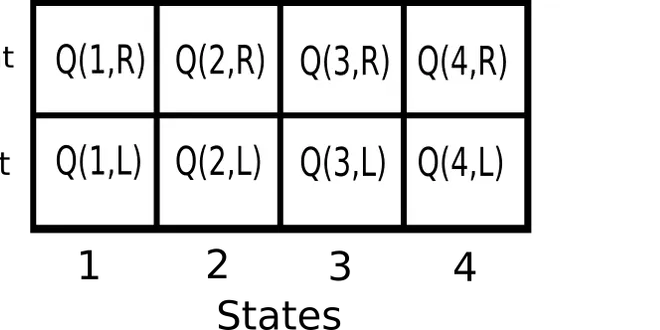
Intro to Reinforcement Learning: Q-Learning 101
Q-Learning was first introduced in 1989 by Christopher Watkins as an extension of the dynamic programming paradigm. Q-learning also served as the basis for some of the tremendous achievements of deep…...
📚 Read more at Analytics Vidhya🔎 Find similar documents
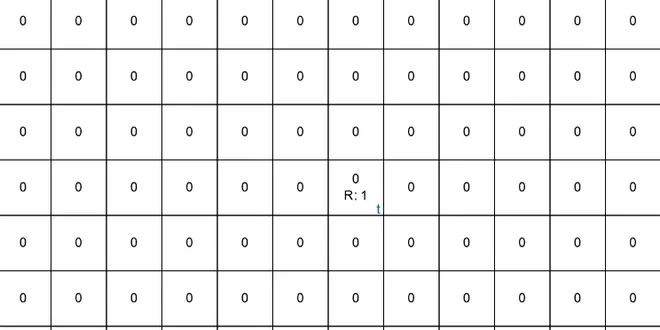
Interactive Q learning
While going through the process of understanding Q learning, I was always fascinated by the grid world (the 2D world made of boxes, where agent moves from one box to another and collect rewards)…
📚 Read more at Towards Data Science🔎 Find similar documents

Double Q-Learning the Easy Way
Update: The best way of learning and practicing Reinforcement Learning is by going to http://rl-lab.com Q-learning (Watkins, 1989) is considered one of the breakthroughs in TD control reinforcement…
📚 Read more at Towards Data Science🔎 Find similar documents

